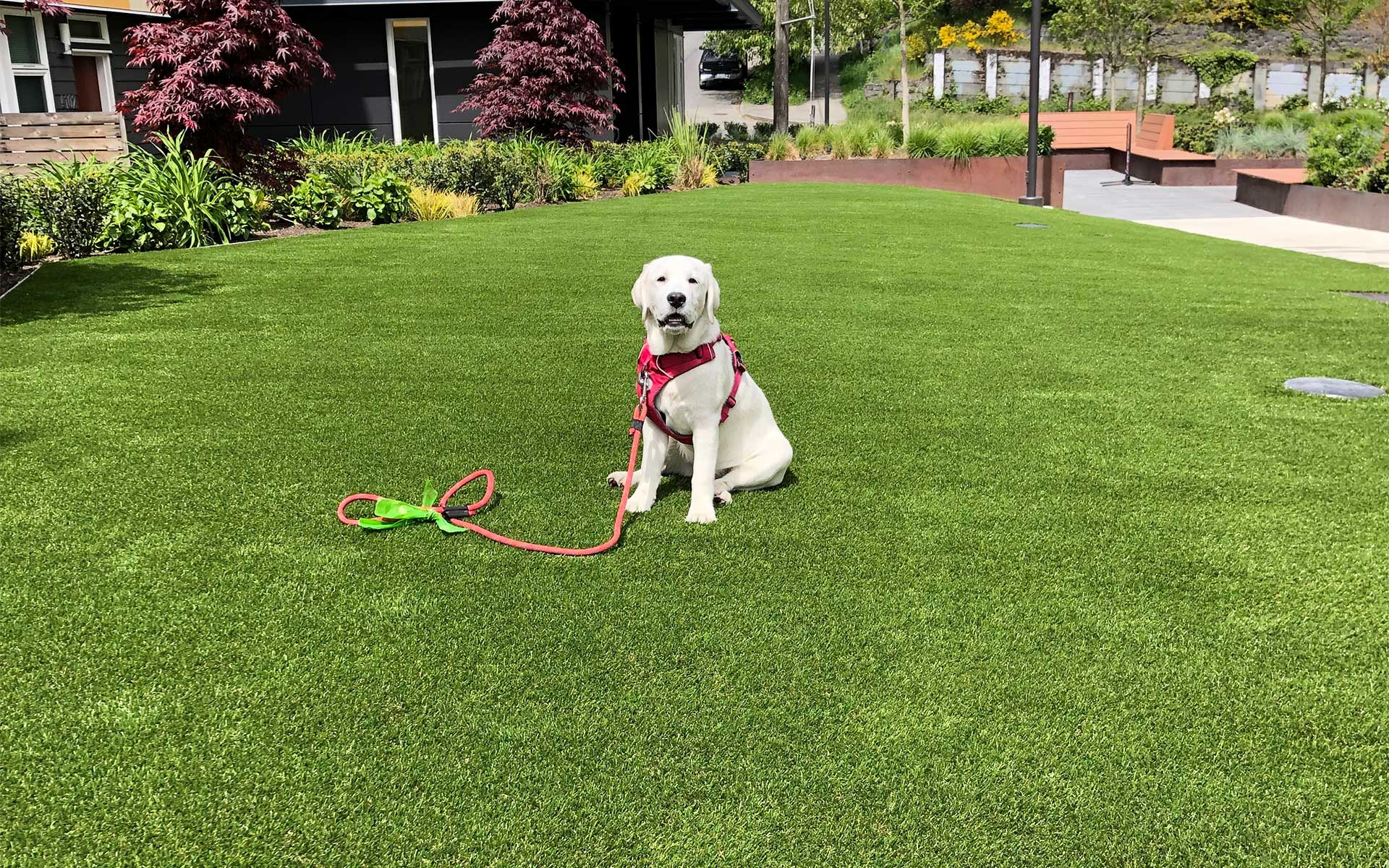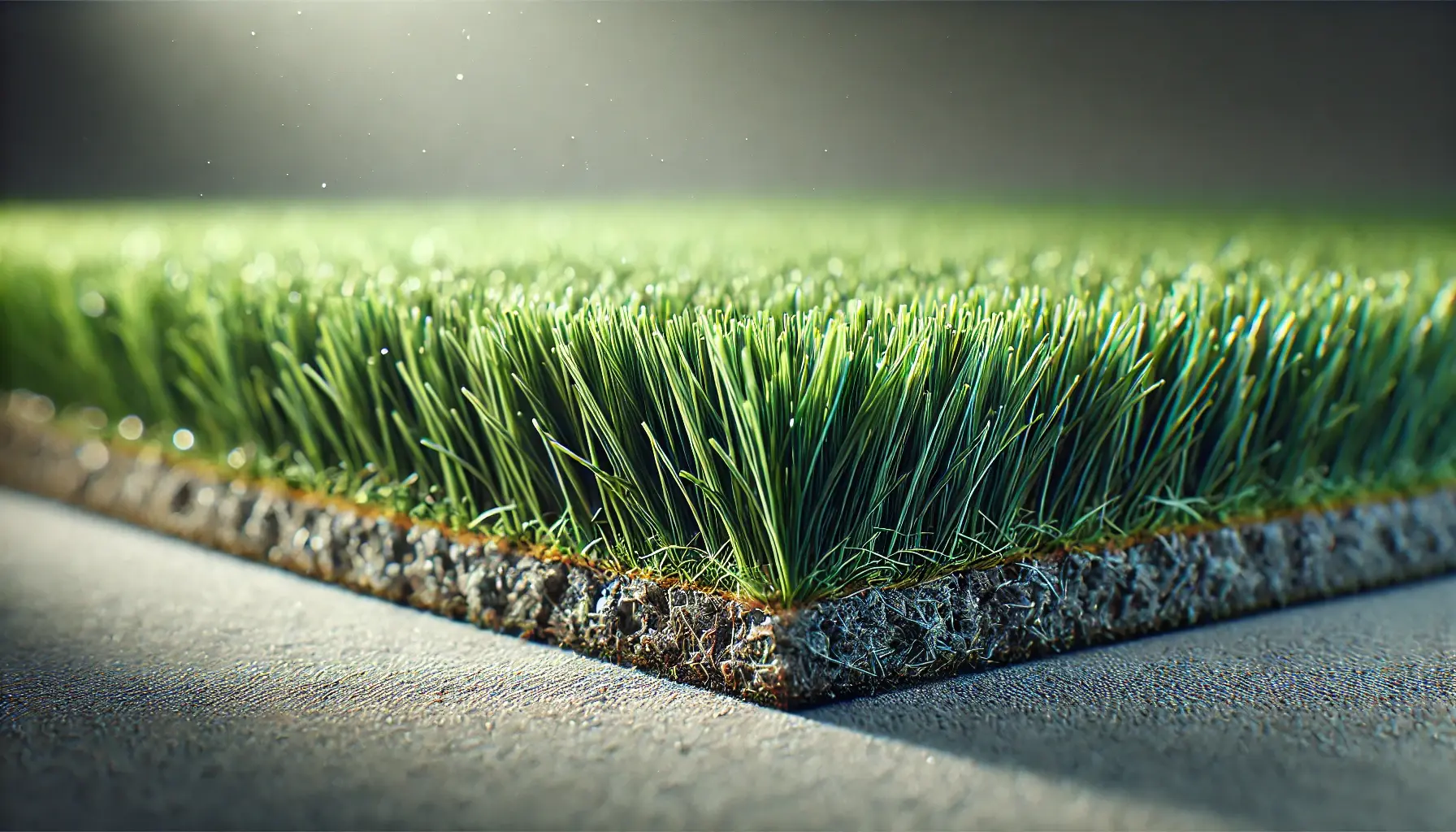Reputable Phoenix Turf Companies Offering Superior Synthetic Grass Installation
Reputable Phoenix Turf Companies Offering Superior Synthetic Grass Installation
Blog Article
Delve Into the Environmental Perks of Opting for Synthetic Grass Solutions
The fostering of artificial lawn options provides a compelling possibility to resolve pressing ecological challenges. By dramatically reducing water use and minimizing the application of unsafe chemicals, these options not only advertise sustainable landscaping but also protect neighborhood ecological communities.
Water Preservation Conveniences
One of one of the most significant advantages of synthetic grass is its capability to conserve water. Typical lawn yards need substantial irrigation, especially in areas vulnerable to drought or water restrictions. On the other hand, man-made lawn does not need watering, substantially decreasing the overall demand for water resources. This function is particularly helpful in arid areas where water shortage is a pressing worry.
By removing the requirement for normal watering, fabricated grass contributes to sustainable landscape practices and helps reduce the ecological influence of excessive water usage. The conservation of water prolongs to the decrease of overflow, which can lead to dirt erosion and waterway air pollution.
Additionally, the installation of synthetic grass enables municipalities and house owners to assign water resources a lot more efficiently, concentrating on essential uses such as drinking water and agriculture. The shift towards artificial turf not just advertises responsible water use however likewise lines up with broader ecological goals targeted at maintaining natural deposits.
As neighborhoods progressively focus on sustainability, the water preservation advantages of artificial grass present an engaging case for its fostering in business and household landscaping jobs.
Minimized Chemical Usage
The transition to fabricated turf considerably reduces the dependence on chemical treatments commonly made use of in all-natural lawn upkeep. Typical turf monitoring generally entails the application of herbicides, chemicals, and fertilizers to promote growth and control bugs. These chemicals can pose threats to human health and wellness, neighborhood wildlife, and the environment, adding to soil and water contamination.
On the other hand, synthetic grass eliminates the requirement for these hazardous materials. Once installed, it requires marginal upkeep, largely being composed of normal cleansing and irregular infill replenishment. This reduction in chemical usage not just benefits the immediate setting but also adds to broader ecological security. By minimizing the launch of artificial compounds into the environment, synthetic grass advertises healthier soil and water supply.
Additionally, the absence of chemical drainage related to fabricated lawn installments assists secure regional rivers from air pollution, supporting marine life and keeping biodiversity. Turf installation phoenix az. As neighborhoods significantly focus on sustainable methods, selecting synthetic grass presents a viable option that aligns with environmental conservation goals. With this shift, residential property proprietors can enjoy lavish environment-friendly spaces without compromising eco-friendly health and wellness, leading the method for a more lasting future
Reduced Carbon Impact

Furthermore, the installment of fabricated grass can result in considerable water preservation. All-natural lawns need considerable amounts of water for watering, which not just includes in the carbon impact associated with water removal and treatment however likewise stress local water resources. In comparison, synthetic grass requires minimal maintenance, requiring no watering, thereby significantly decreasing water usage and its linked power prices.
Furthermore, the long life of synthetic grass adds to its decreased carbon influence. With a life-span of up to 15 years or even more, the requirement for frequent replacements is diminished, resulting in much less waste and lower energy usage in production and taking care of typical yard options. On the whole, man-made lawn presents a lasting choice for ecologically conscious landscaping.
Habitat Preservation
Habitat conservation is a critical factor to consider in the debate over landscaping choices, particularly when contrasting artificial turf to natural lawn. All-natural grass lawns commonly need substantial maintenance, including using chemicals, herbicides, and plant foods, which can adversely impact neighborhood ecological communities. These chemicals can leach into the soil and waterways, damaging native plants and fauna and disrupting regional habitats.
In comparison, man-made grass presents an opportunity to lower the environmental footprint of landscape design. By opting for artificial turf, house owners can lessen the disruption of natural environments associated with typical grass care techniques. Synthetic grass eliminates the requirement for damaging chemicals, consequently safeguarding close-by wildlife and maintaining the stability of bordering communities. The installation of fabricated lawn can lead to the conversion of previous grass areas right into even more biodiverse landscapes, such as pollinator yards or indigenous plant areas, which can sustain regional wild animals.
Eventually, the transition to synthetic grass not only conserves water and lowers maintenance initiatives but additionally cultivates an extra unified connection in between human activities and the natural environment, promoting habitat conservation at the same time.
Long-Term Sustainability
Long-term sustainability is image source an essential factor in evaluating the benefits of synthetic grass over standard grass yards. One of the most considerable advantages of synthetic grass is its toughness; it can last as much as 15-20 years with very little maintenance, whereas all-natural yard needs frequent reseeding and replacement. This long life decreases the requirement for consistent resources, such as water, plant foods, and pesticides, which are essential for maintaining a healthy and balanced turf lawn.
Furthermore, synthetic turf adds to a decrease in carbon emissions connected with yard treatment devices. Conventional lawns often call for gas-powered lawn mowers, trimmers, and blowers, every one of which contribute to air pollution. Turf installation phoenix az. On the other hand, artificial grass removes the requirement for such equipment, advertising a cleaner atmosphere
In addition, the production of synthetic grass site web progressively makes use of recycled products, boosting its sustainability profile. As producers take on eco-friendly practices, the environmental footprint of synthetic grass remains to lessen.

Conclusion
The adoption of fabricated grass remedies presents significant environmental advantages, consisting of significant water preservation, lowered reliance on damaging chemicals, and a lower carbon impact. Synthetic turf help in preserving natural environments by decreasing land disruption and promoting long-term sustainability via the usage of durable products. Collectively, these variables highlight the capacity of fabricated turf to add positively to environmental health and supply try this site a practical choice to traditional landscape design practices in an increasingly resource-conscious globe.
In contrast, artificial grass does not need watering, substantially lowering the general need for water sources. By minimizing the launch of artificial compounds into the ecosystem, fabricated grass advertises healthier soil and water systems.
In addition, the installment of man-made turf can result in considerable water preservation. In comparison, man-made grass requires very little maintenance, needing no watering, therefore dramatically decreasing water use and its associated energy costs.

Report this page